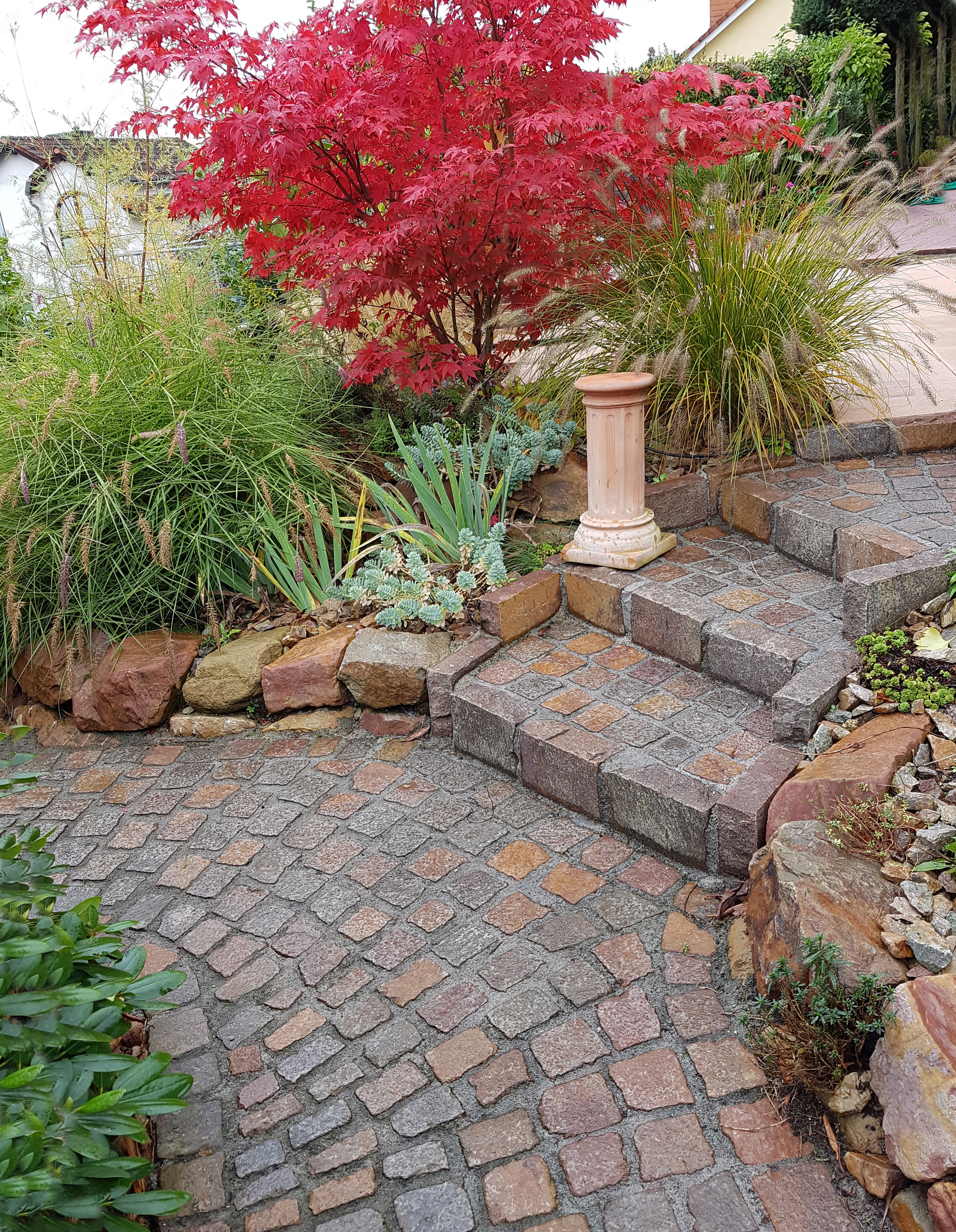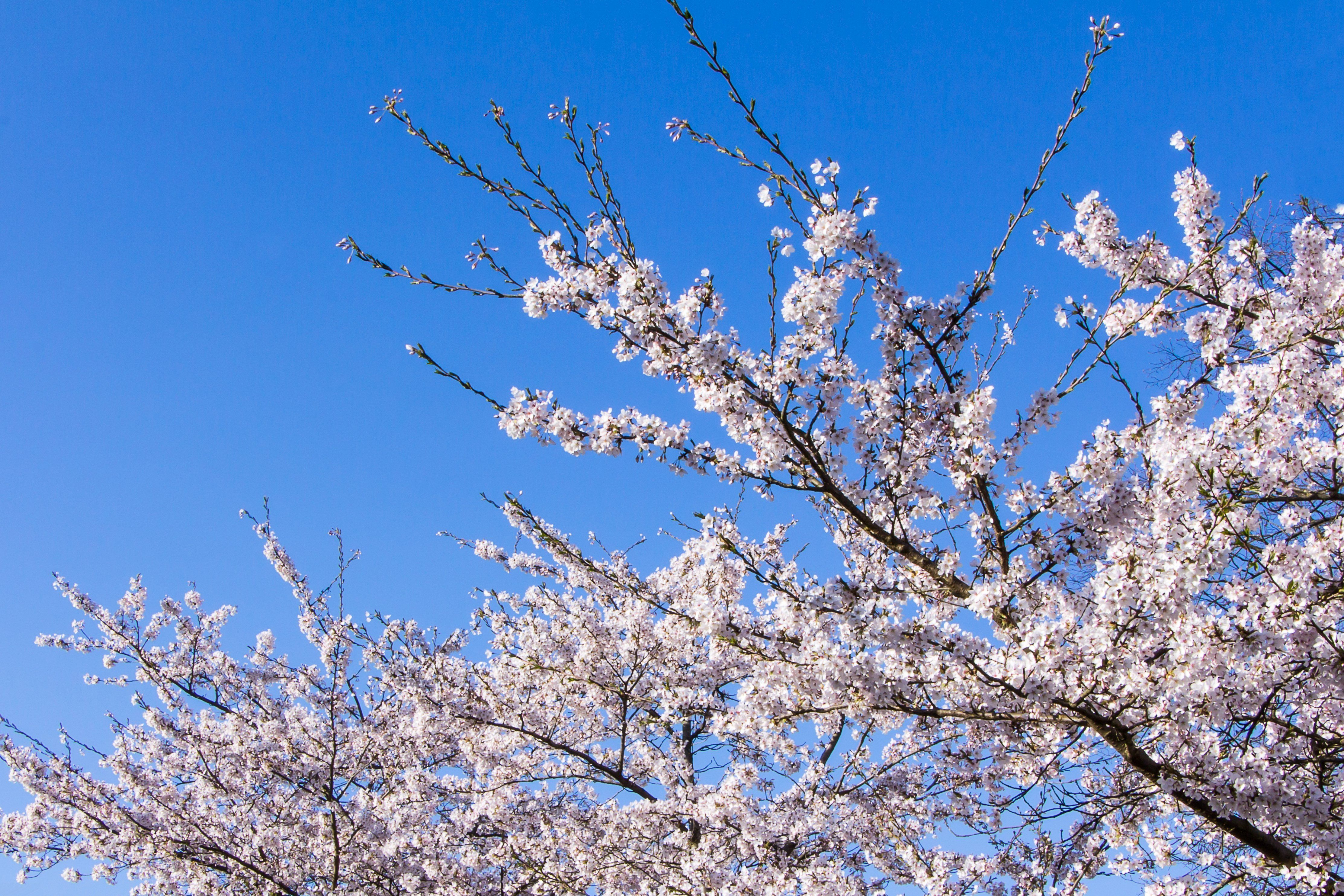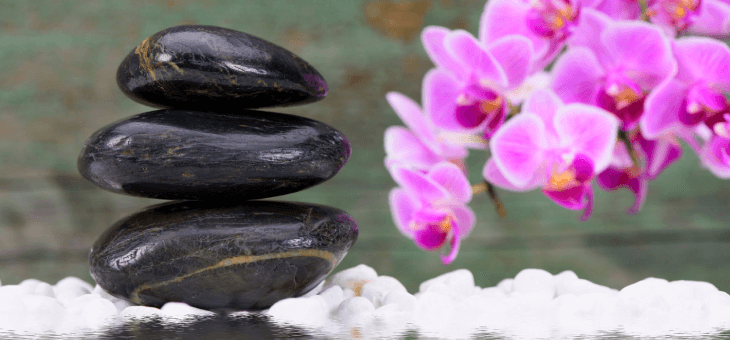Award-winning garden designer Matt Keightley is well-versed in creating feel-good gardens. Read on if you’re thinking about turning your garden into a contemporary, therapeutic space in which to relax.
“If we can create something beautiful enough to look at then we can break everyday thought processes. For people suffering from stress, anxiety or depression, if you break that thought process just because there’s something nice to look at, even if it’s momentarily, they will forget those stresses and will become more engaged and interact with the space,” says Mr Keightley.
Like the idea? Here are some of the things you can do in your own garden to help chase those blues away.
1. Go for nostalgia

“Nostalgia plays a massive part in health and wellbeing. Nostalgia planting is completely subjective, but for me, my must-have plant would be rosemary,” says Mr Keightley. “I have such fond memories of my folks’ garden, and you couldn’t walk past a rosemary bush without brushing it with your hands. Interacting with the garden will always help put someone at ease.
“Other nostalgic plants could be as basic as daffodils or bluebells, which may bring memories flooding back and create happy thoughts.”
Read: How rewilding can boost your garden – and your life
2. Avoid straight, geometric paths

“Textural changes are crucial, not just in the planting but in the hard landscaping too. We don’t want direct, geometric paths, where people feel forced to go from A to B. It needs to be much more natural and organic in form, so people can move through a space at their own pace without feeling stressed,” suggests Mr Keightley. “I like curvy lines, but there’s no fixed style. I think meandering paths don’t feel forced. They make for a much more comfortable experience.”
3. Create a natural pause

“You can make pauses in plantings using a combination of grasses and perennials, which are in stark contrast with evergreen structure. Things such as rosemary, pittosporum and dwarf conifers are a great way of putting a break in a bed or punctuating a relatively soft-looking scheme to create excitement in the bed.”
Read: Australian natives for your garden or balcony
4. Bring in some water

“The go-to focal point for a wellbeing garden is water. You can use it in a number of ways. A perfectly still body of water can be just as mesmerising and therapeutic as the sound of moving water,” says Mr Keightley. “Some clients tell me they don’t want moving water because it makes them want to go to the toilet.
“With a still sheet of water, you can create an impression that the garden feels bigger because of the reflections. If you have a small space, you can transform pots into mirror pools on different levels, in threes and fives.”
5. Use vertical space with trees

“In smaller courtyard and urban gardens, use vertical planes, rather than thinking about the terrace and the lawn. The vertical nature of trees gives you a sense of security without enclosing a space,” says Mr Keightley. “It can be quite daunting for people with depression or dementia to go into an enclosed space but at the same time, they need a sense of security. Trees do the best of both. They give you the height, providing dappled shade for shelter, but allow you to retain a view of the garden.”
Read: What to consider before buying garden furniture
6. Create excitement with colour

“People assume that cooler palettes such as blues and whites are calmer, but research shows other colours are helpful for wellbeing too. Yellow is associated with being happy, so yellows and hotter schemes can work.
“Contrasting colours also create interest and excitement in the garden,” adds Mr Keightley. “You could have a cool palette of blues and pinks to purples, then a shock of orange could be that point where you increase excitement in a space – and if you create excitement, people enjoy it! They want to interact and move through the space that much more, chasing that pocket of excitement.”
7. Start slowly
“Be restrained to start with. Select your structural planting – your main grasses or perennials – and stick to that like a glue for the scheme, and do repeat-plant but not in a uniform way. Make it look naturalistic,” Mr Keightley advises. “You need to strike a balance between structure and informality. People feel comforted by seeing ends to the garden and structure in the planting, rather than just grass and perennials.”
– With PA
If you enjoy our content, don’t keep it to yourself. Share our free eNews with your friends and encourage them to sign up.

